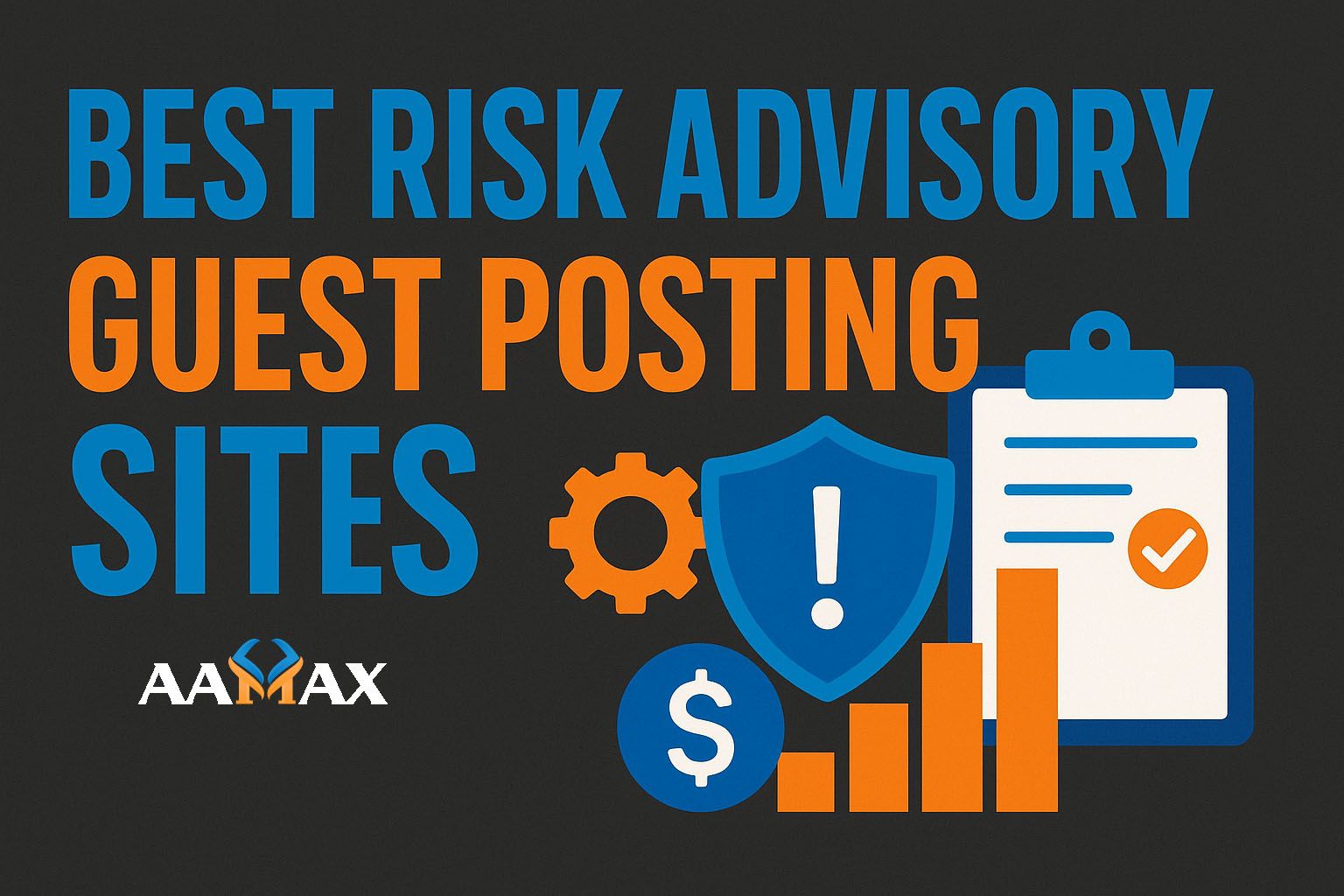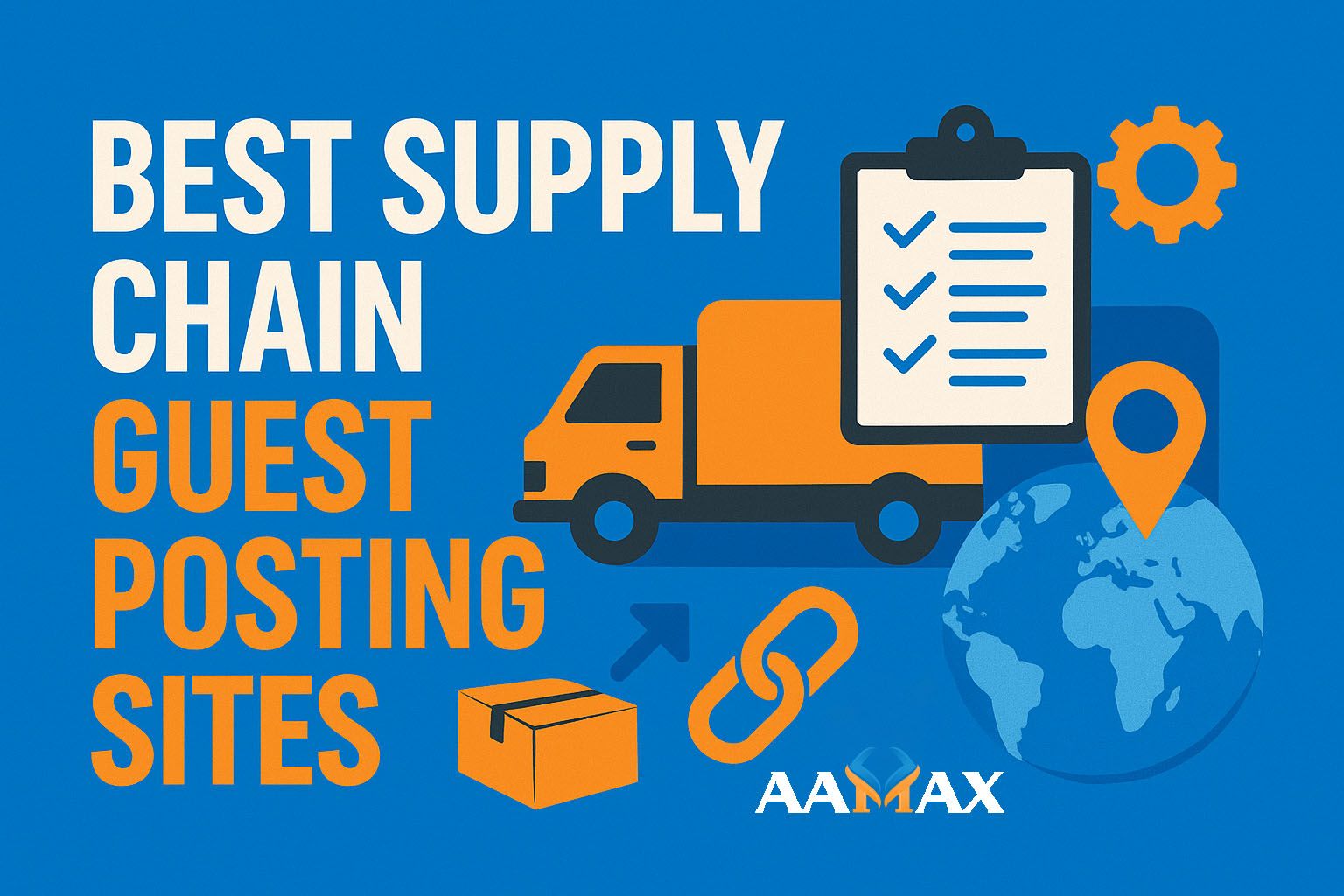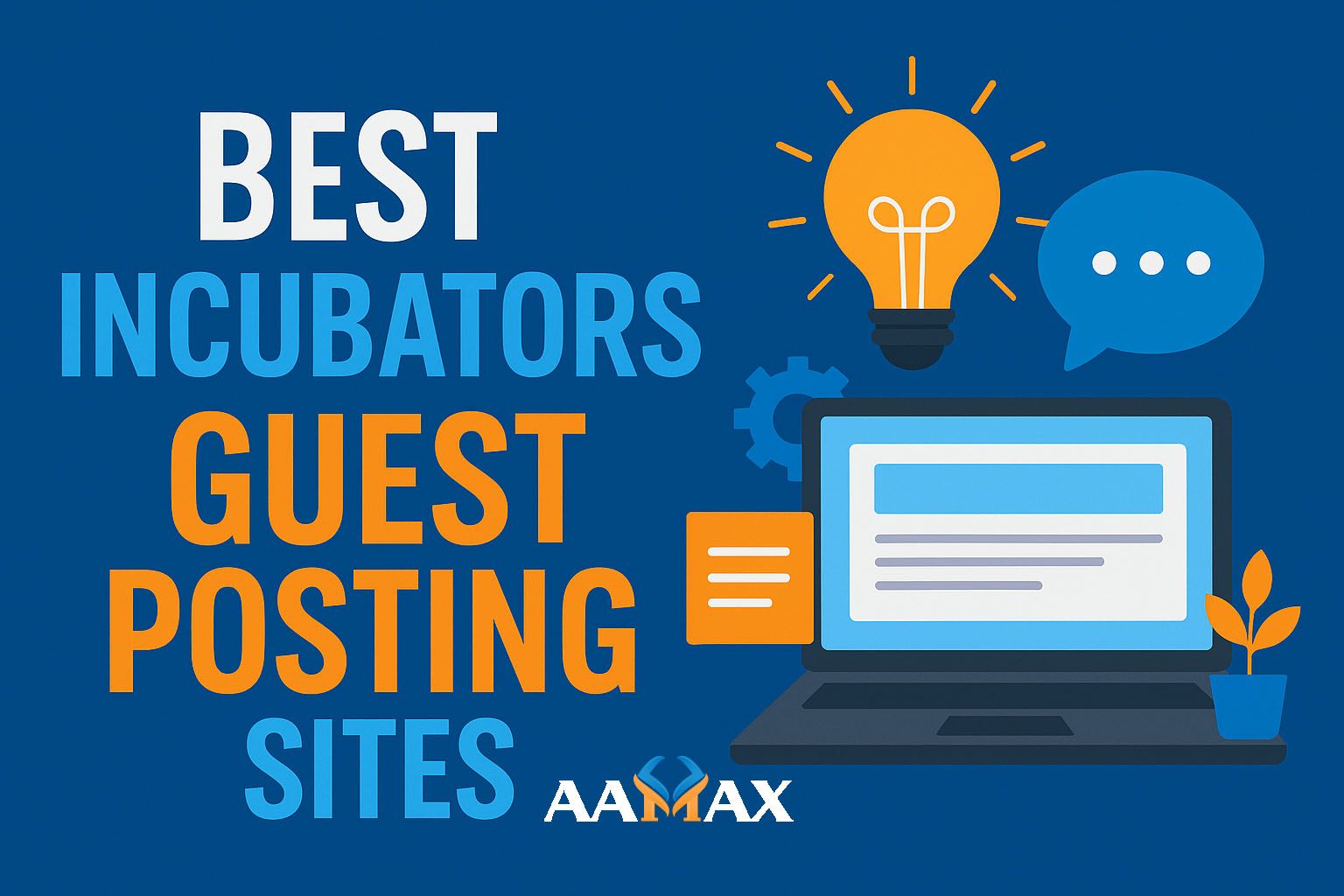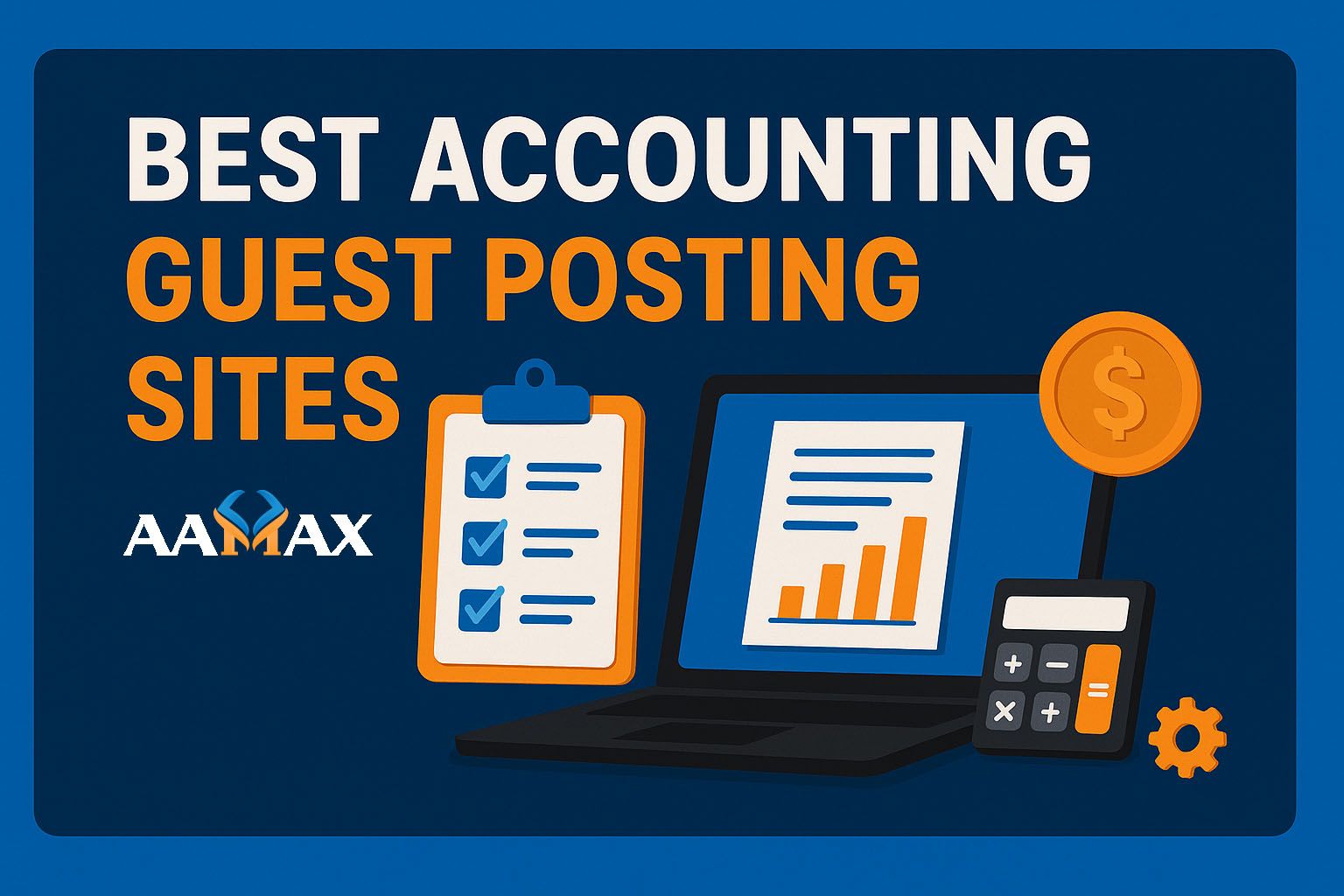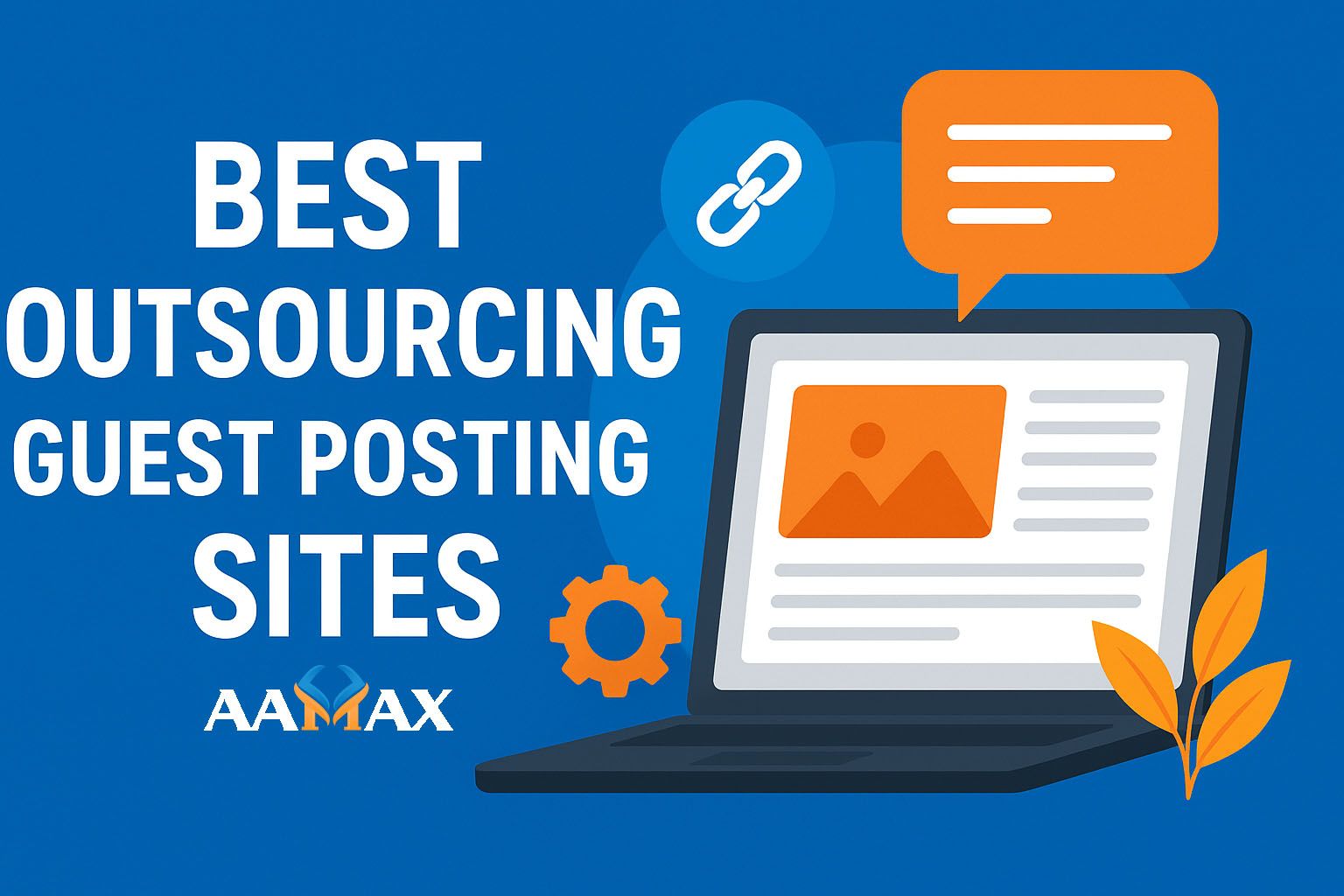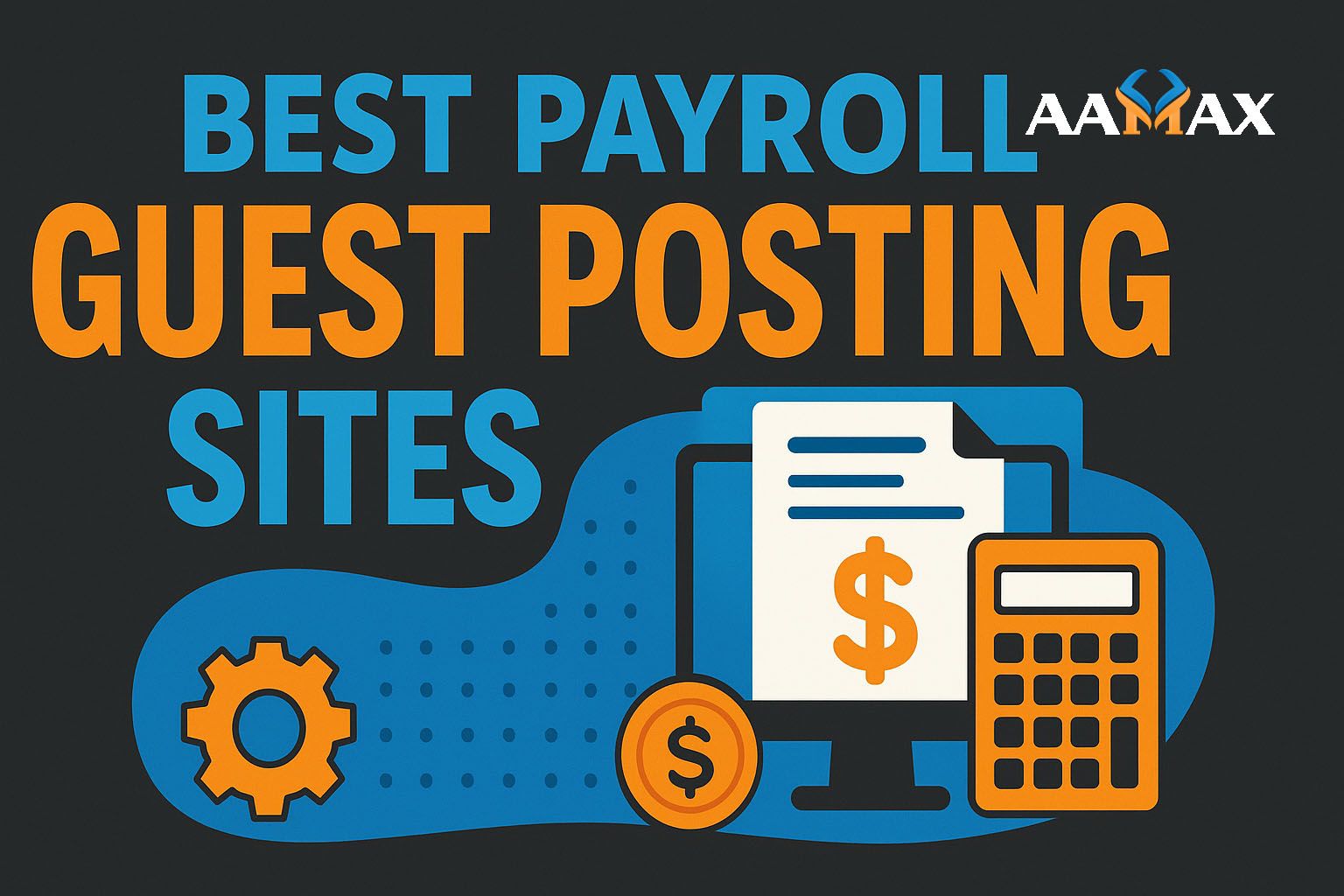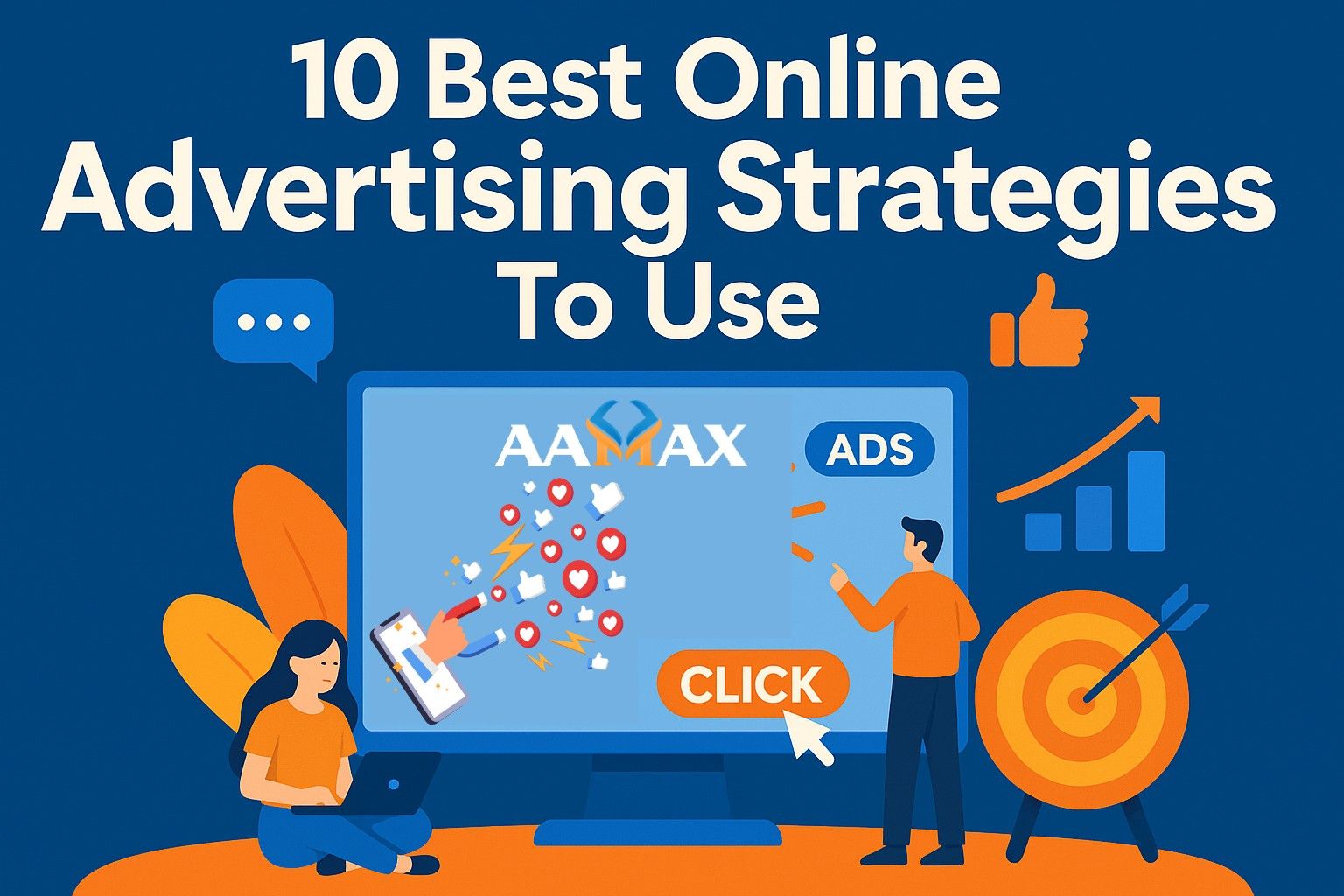
10 Best Online Advertising Strategies To Use
The digital world has revolutionized how businesses connect with customers. From startups to multinational corporations, online advertising has become the cornerstone of modern marketing strategies. But with endless options available, how do you know which ones will deliver the best return on investment (ROI)?
This guide explores the 10 best online advertising strategies that businesses can implement today. Whether you’re aiming to boost brand visibility, generate leads, or increase conversions, these strategies can help you craft a winning digital advertising plan.
Why Online Advertising Matters
Traditional advertising methods like print, TV, or billboards still hold value, but they lack the precision and reach that online platforms provide. Online advertising offers several distinct advantages:
- Targeted reach – Ads can be shown to specific audiences based on demographics, interests, and behavior.
- Measurable results – Every click, impression, and conversion can be tracked.
- Cost efficiency – Campaigns can be scaled up or down depending on budget.
- Flexibility – Real-time adjustments can be made for better performance.
- Global presence – Businesses can reach audiences anywhere in the world.
By leveraging the right strategies, businesses can maximize visibility while ensuring every dollar spent contributes to measurable growth.
1. Search Engine Advertising (PPC)
Pay-Per-Click (PPC) advertising is one of the most effective online strategies. Using platforms like Google Ads and Bing Ads, businesses can display ads directly in search engine results when users search for relevant keywords.
Why It Works:
- Targets high-intent users who are actively looking for your product or service.
- Provides measurable results with cost-per-click (CPC) tracking.
- Offers flexibility in budget and targeting.
Best Practices:
- Use keyword research to target phrases with high intent.
- Optimize ad copy with strong calls-to-action (CTAs).
- Continuously A/B test ad variations.
- Refine targeting with negative keywords to avoid wasted spend.
2. Social Media Advertising
With billions of active users, platforms like Facebook, Instagram, LinkedIn, TikTok, and Twitter (X) provide massive opportunities for reaching highly targeted audiences.
Why It Works:
- Allows demographic, interest, and behavior-based targeting.
- Delivers visually engaging formats like carousel ads, stories, and videos.
- Drives brand awareness and conversions simultaneously.
Best Practices:
- Match ad creatives with platform-specific formats.
- Use video content for higher engagement.
- Test different audience segments to identify the most responsive ones.
- Use retargeting to bring back users who engaged but didn’t convert.
3. Display Advertising
Display ads appear on websites, apps, or social media platforms in the form of banners, images, or videos. Google Display Network (GDN) is one of the largest platforms for this type of advertising.
Why It Works:
- Builds brand visibility across millions of sites.
- Targets users based on interests, browsing behavior, or demographics.
- Offers retargeting opportunities.
Best Practices:
- Use eye-catching visuals and concise messaging.
- Optimize ad placement to avoid irrelevant sites.
- Leverage frequency capping to prevent ad fatigue.
4. Video Advertising
Video is one of the fastest-growing forms of digital content, with platforms like YouTube, TikTok, and Instagram Reels dominating engagement. Video ads allow businesses to tell compelling stories and connect emotionally with audiences.
Why It Works:
- Increases engagement with immersive storytelling.
- Offers higher recall rates compared to static ads.
- Can be targeted using demographics and viewing behavior.
Best Practices:
- Capture attention within the first 5 seconds.
- Keep ads short and engaging.
- Add subtitles for sound-off viewers.
- Include a clear call-to-action at the end.
5. Influencer Marketing
Influencer marketing leverages the credibility and reach of industry leaders or content creators. By collaborating with influencers, brands can reach highly engaged niche audiences.
Why It Works:
- Builds trust quickly through influencer authority.
- Drives engagement and conversions with authentic content.
- Works well for product launches, brand awareness, and promotions.
Best Practices:
- Choose influencers who align with your brand values.
- Focus on engagement rate, not just follower count.
- Allow creative freedom for more authentic messaging.
- Track performance using affiliate codes or UTM links.
6. Native Advertising
Native ads blend seamlessly with content, appearing as recommended articles, in-feed ads, or sponsored posts. Platforms like Outbrain and Taboola specialize in this format.
Why It Works:
- Less intrusive than traditional ads.
- Drives higher engagement by matching platform design.
- Increases credibility since ads appear like natural content.
Best Practices:
- Use high-quality headlines that spark curiosity.
- Provide genuine value in your content.
- Test multiple ad placements to see which yields the best engagement.
7. Remarketing and Retargeting
Remarketing focuses on re-engaging users who have already interacted with your brand but didn’t convert. This can include abandoned cart campaigns, product view reminders, or content follow-ups.
Why It Works:
- Targets warm leads who already know your brand.
- Increases conversion rates by keeping your business top-of-mind.
- Can be highly personalized based on user behavior.
Best Practices:
- Segment users based on their interactions.
- Offer incentives like discounts or free trials.
- Use dynamic ads that showcase products users already viewed.
8. Email Advertising
Email remains a powerful digital advertising strategy when executed properly. Beyond newsletters, targeted email campaigns can drive traffic, nurture leads, and encourage conversions.
Why It Works:
- Delivers personalized content directly to users.
- Provides one of the highest ROI in digital marketing.
- Strengthens customer relationships over time.
Best Practices:
- Segment email lists based on user behavior.
- Write compelling subject lines to increase open rates.
- Use automation for timely follow-ups.
- Avoid spam triggers by maintaining clean email lists.
9. Affiliate Marketing
Affiliate marketing involves partnering with affiliates who promote your products or services for a commission on each sale. This strategy expands your reach through third-party promoters.
Why It Works:
- Provides cost-effective performance-based advertising.
- Expands reach to new markets without heavy upfront costs.
- Builds a network of brand advocates.
Best Practices:
- Choose affiliates who are relevant to your niche.
- Offer competitive commissions to motivate affiliates.
- Track and analyze affiliate performance regularly.
10. Programmatic Advertising
Programmatic advertising uses AI and machine learning to automate the buying and placement of ads in real-time. It allows for highly precise targeting and efficient budget allocation.
Why It Works:
- Reduces human error with automated bidding.
- Optimizes ad placements across multiple channels.
- Provides detailed reporting and insights.
Best Practices:
- Set clear KPIs before launching programmatic campaigns.
- Monitor performance regularly to avoid wasted spend.
- Use AI-driven insights for continuous optimization.
Combining Strategies for Maximum Impact
While each strategy has unique advantages, the most successful businesses often combine multiple approaches. For example:
- Use PPC ads to capture high-intent searchers.
- Retarget them with display or social media ads.
- Nurture leads with email campaigns.
- Expand reach through influencer or affiliate marketing.
The combination depends on your goals, industry, and budget, but the key is to remain flexible and continuously optimize.
Final Thoughts
Online advertising is no longer optional—it’s essential for business growth. The strategies outlined above provide a roadmap to reach new audiences, engage existing customers, and drive meaningful results.
However, successful execution requires expertise, testing, and continuous optimization. If you want to maximize your advertising ROI while focusing on running your business, consider partnering with professionals who specialize in digital marketing. AAMAX is a full-service digital marketing company offering web development, SEO, and advertising solutions tailored to help businesses grow online with proven strategies.

